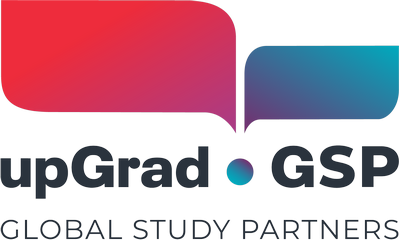Getting practical experience is an important part of one’s education. It gives students a taste of the real world. Furthermore, it allows them to explore their options to plan their future careers better. Curricular practical training (CPT)is an opportunity for students in the United States to take on employment directly related to their major. The process to apply for CPT differs per institution. However, it generally involves receiving a job offer from an employer and then applying for CPT authorisation.
In this article, we’ll discuss what a CPT is, its benefits, eligibility requirements and the application process.
What is CPT?
Curricular practical training is defined as employment that’s directly related to a student’s major area of study and is an integral part of a school’s established curriculum. It’s an academic experience that includes:
- alternate work or study
- paid or unpaid internships
- a cooperative (co-op) education experience
- practicum participation
- on-campus work that may require additional authorisation.
CPT is only available before a student completes their degree program; it should occur before the end date listed on their Form I-20. The student should obtain their job opportunity at the time of application, and any employment must not delay the completion of their academic courses (i.e., students should maintain full-time enrolment or authorised reduced load even with their CPT). Authorisation is for one specific employer for a specified period. A student may possess than one CPT authorisation at the same time. However, they would need separate CPT authorisation for each employer and CPT segment.
Students can have either part-time or full-time CPT. Part-time CPT involves employment for 20 hours or less per week. Employment that exceeds 20 hours per week is considered full-time. It’s important to note that 12 months or more of full-time CPT may eliminate a student’s eligibility for optional practical training (OPT), which allows graduates to enjoy post-study work rights.
Who can apply for CPT?
A student is eligible for CPT if they:
- have an active F-1 visa status
- are enrolled at a Student Exchange and Visitor Program (SEVP)-certified college, university, conservatory or seminary
- have been lawfully enrolled for at least one year (three academic quarters) of full-time study in the US
- are making normal academic progress
- obtain a job or internship offer letter during the time of the CPT authorisation request
- are registered for CPT credits for the job or internship offer at the time of CPT authorisation request.
How to apply for CPT
Applying for CPT is a straightforward process, but it might differ depending on the university, so it’s best to check the specific steps and requirements per institution. That said, it generally follows the same procedure. Here’s an overview of how to apply for CPT:
1. Consult a student advisor
The student should speak to a student advisor in their university to find out about the available CPT programs at their institution. The counsellor should be able to give information about eligibility requirements and potential employers, as well as explain how the process works.
2. Take the necessary CPT courses
Before a student can take CPT, they typically have to complete a set of courses or a workshop to make them eligible.
3. Obtain a job or internship letter
The student can apply for a job or internship in their university’s CPT program. Once they have been accepted, they should get the corresponding letter of offer. The school will have a list of information that this letter should include, like the address of the employer and the period of work.
4. Apply for CPT authorisation
Along with the offer letter, the student should then compile all the necessary documents and apply for CPT authorisation through their school’s designated channels or portals. Common requirements include:
- academic recommendation for CPT
- detailed CPT description from the employer
- copy of the student’s current I-20
- printout of the student’s unofficial transcript or proof of enrolment.
Getting CPT authorisation may take a few days (even a couple of weeks!), so it’s recommended to plan ahead.
5. Coordinate with employer
Once the student’s CPT authorisation is approved, they should receive a physical or digital document outlining the details of the training. This should be printed and signed, and the student should make copies as required.
The student can then coordinate with their employer to finalise work arrangements and begin CPT. Note that a student may only begin their CPT after getting authorisation.
Assist students with CPT through Global Study Partners
Global Study Partners (GSP) is ready to help you guide students through their educational journey in the US. Speak to one of our business development experts to learn more about CPT and study opportunities for students in the country.




